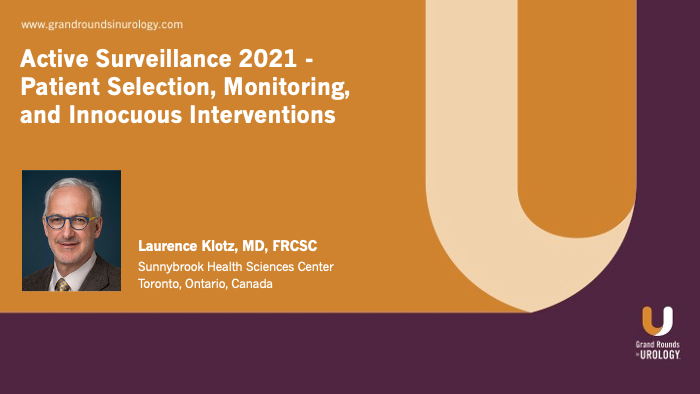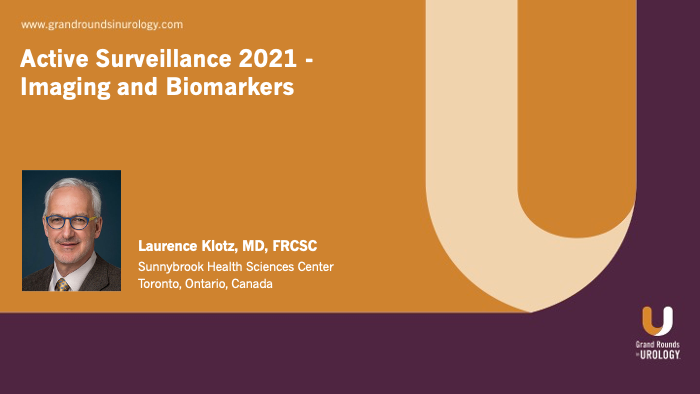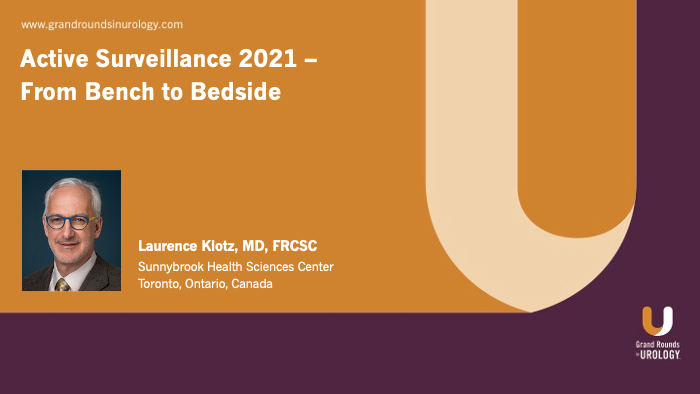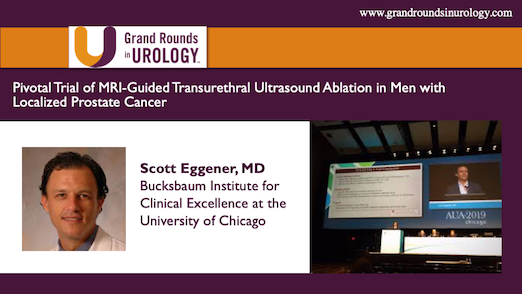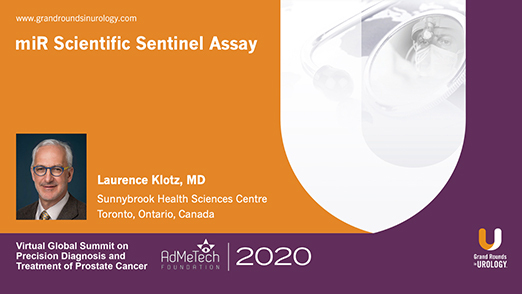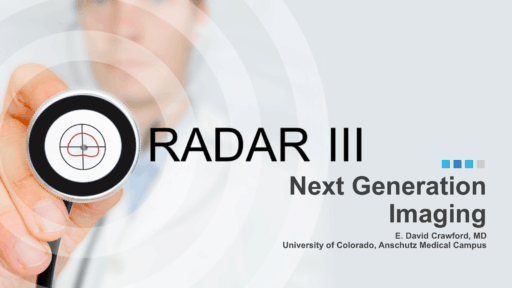Jeremie Calais, MD, MSc, discusses PSMA diagnostics and compares imaging modalities to establish which modality is ideal for prostate cancer staging.
Phillip J. Koo, MD, gives an overview of the current state of next generation imaging for prostate cancer and how it compares to conventional imaging.
Clare Tempany, MD, summarizes evidence for mpMRI’s use in PCa diagnosis, and goes over recent developments in risk assessment & biopsy.
Andrei H. Iagaru, MD, FACNM, enumerates applications of dual radiopharmaceutical-targeted imaging with PSMA & GRPR in prostate cancer care.
Daniel J. George, MD, comments on the TheraP trial that compared Lu-PSMA-617 against cabazitaxel in mCRPC patients.
Sanoj Punnen, MD, MAS, specifies how multimodal detection options for prostate cancer could improve and personalize diagnosis.
Wolfgang Weber, MD, reviews a half-decade of progress in the field of prostate cancer imaging and theranostics.
Steven S. Raman, MD, explains how MRI aids in prostate cancer staging, diagnosis, follow-up, treatment planning, and image-guided treatment.
Phillip J. Koo, MD, discusses clinical, research, and educational targets advancing nuclear medicine’s role in prostate cancer treatment.
Laurence Klotz, MD, Professor of Surgery at the University of Toronto, discusses the miR Scientific Sentinel Assay.
Thomas J. Polascik, MD, FACS, Professor of Urology at Duke University Medical Center, discusses the effectiveness of focal therapy for prostate cancer as an alternative to radical therapy.
Wolfgang Weber, MD, Professor and Chair of the Department of Nuclear Medicine at the Technical University of Munich in Germany, discusses the changes in molecular imaging over the last 7 years and their impact on staging and re-staging of prostate cancer. Dr. Weber discusses how PSMA PET imaging works by binding with the ligands of antigens present in cells affected by prostate cancer.



